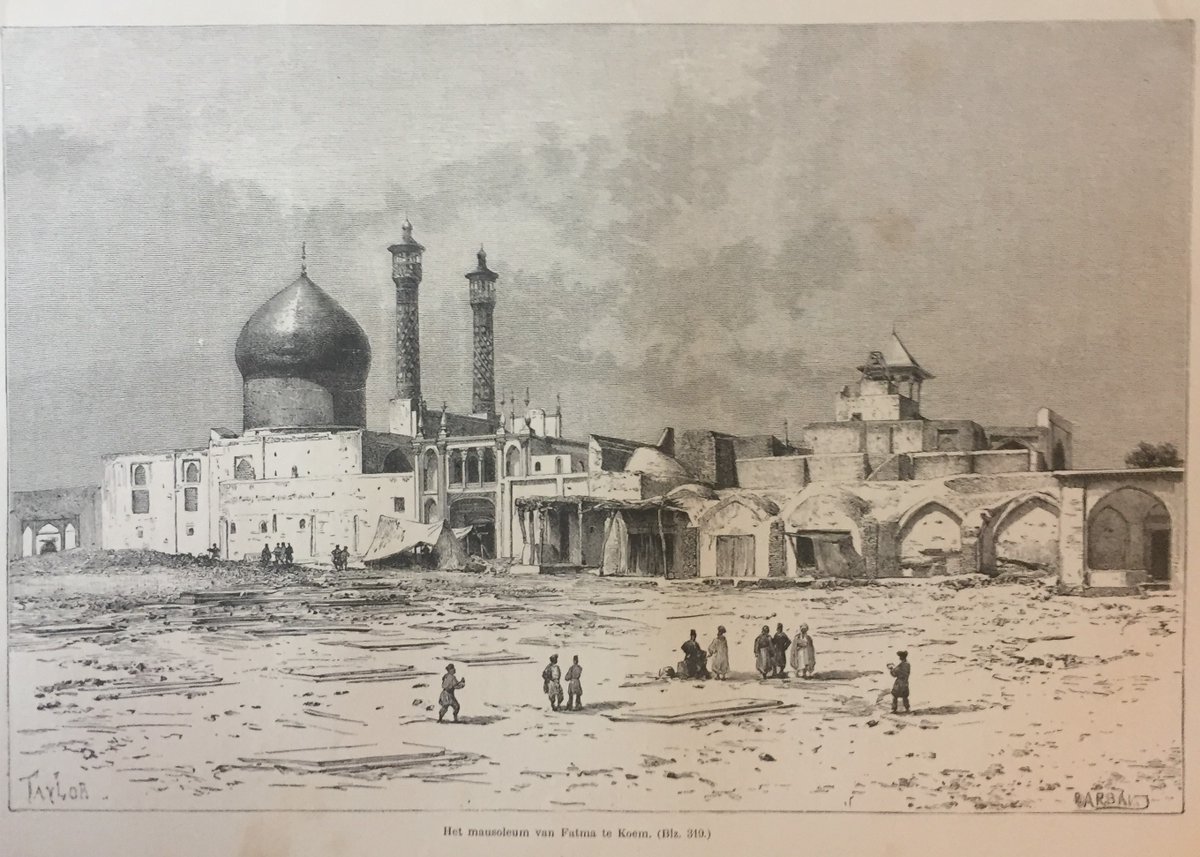
The Sarikhani Curator for the Iranian Collection at the V&A. Not here very much anymore...
She/her.
3 subscribers
How to get URL link on X (Twitter) App

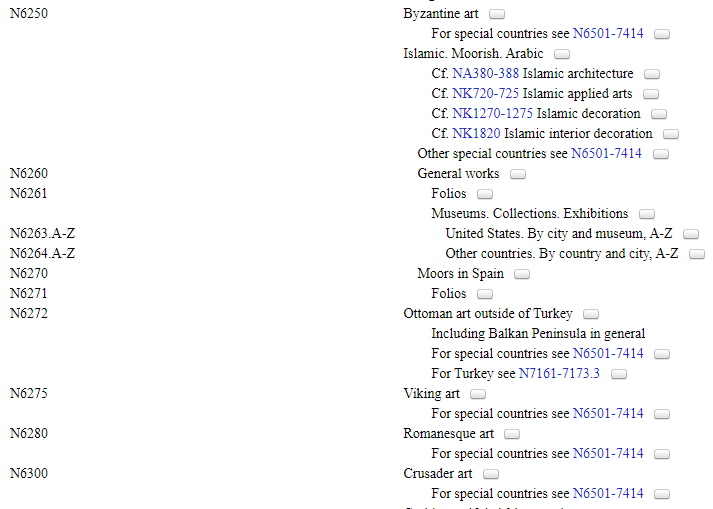

https://twitter.com/V_and_A/status/1411248642518814720First, let's look at the objects one by one. This tile is probably from the Timurid madrasa in Khargird (c.1444). I think this must be the one in the Sarikhani Collection (purchased 2006). More on the site here: archnet.org/sites/4726 and a similar tile: collections.vam.ac.uk/item/O108133/t…






 One of the first cases you see on entering the AME gallery explores 'Claiming the Past'. It does a good job of demonstrating how history, archaeology, collecting, and museums played a role in colonisation.
One of the first cases you see on entering the AME gallery explores 'Claiming the Past'. It does a good job of demonstrating how history, archaeology, collecting, and museums played a role in colonisation. 



 Here's another example of 'khalkubi' (tattooing) from the Hermitage, recently posted by @AMMoslehi. This one seems to be blue, so was probably executed with indigo.
Here's another example of 'khalkubi' (tattooing) from the Hermitage, recently posted by @AMMoslehi. This one seems to be blue, so was probably executed with indigo. https://twitter.com/AMMoslehi/status/1405257501000536064?s=20




 I saw them before conservation and they were fantastic then but I can't wait to see them again (they will be in the V&A's Epic Iran exhibition). Emily Hannam, Assistant Curator of Islamic & South Asian Collections at the RCT, has done great work getting them out into the world.
I saw them before conservation and they were fantastic then but I can't wait to see them again (they will be in the V&A's Epic Iran exhibition). Emily Hannam, Assistant Curator of Islamic & South Asian Collections at the RCT, has done great work getting them out into the world.



 The V&A holds a unique collection of 19th-c. architectural drawings, known as the Mirza Akbar drawings, purchased in the 1870s from a couple of builders working on the British embassy in Tehran. They provide a very rare glimpse into the history of architectural practice in Iran.
The V&A holds a unique collection of 19th-c. architectural drawings, known as the Mirza Akbar drawings, purchased in the 1870s from a couple of builders working on the British embassy in Tehran. They provide a very rare glimpse into the history of architectural practice in Iran. 


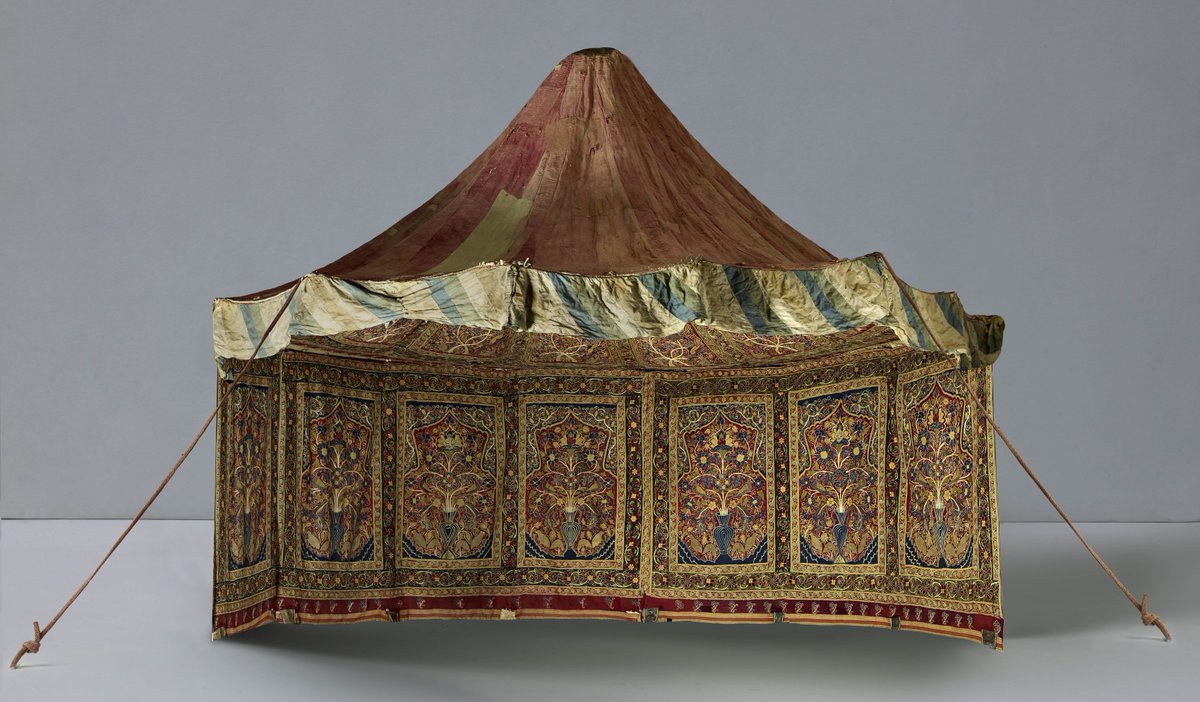


 It was made for Muhammad Shah, the second ruler of Iran's Qajar dynasty, who reigned from the death of his grandfather, Fath-ʿAli Shah, in 1834, until his own death in 1848.
It was made for Muhammad Shah, the second ruler of Iran's Qajar dynasty, who reigned from the death of his grandfather, Fath-ʿAli Shah, in 1834, until his own death in 1848. 
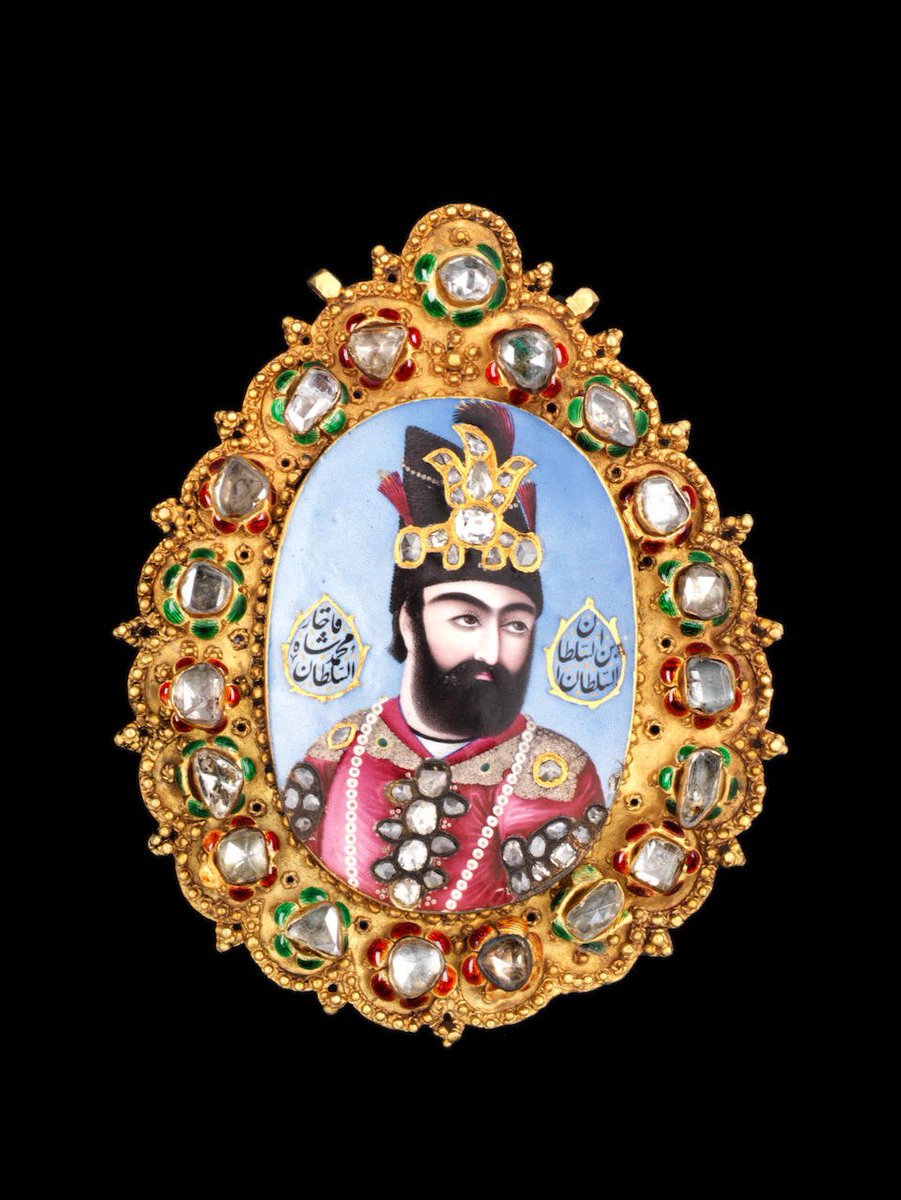


 The technicality which permits this is that, according to Jami, Zulaykha's first husband (aka Potiphar) wasn't able to consummate their marriage:
The technicality which permits this is that, according to Jami, Zulaykha's first husband (aka Potiphar) wasn't able to consummate their marriage: 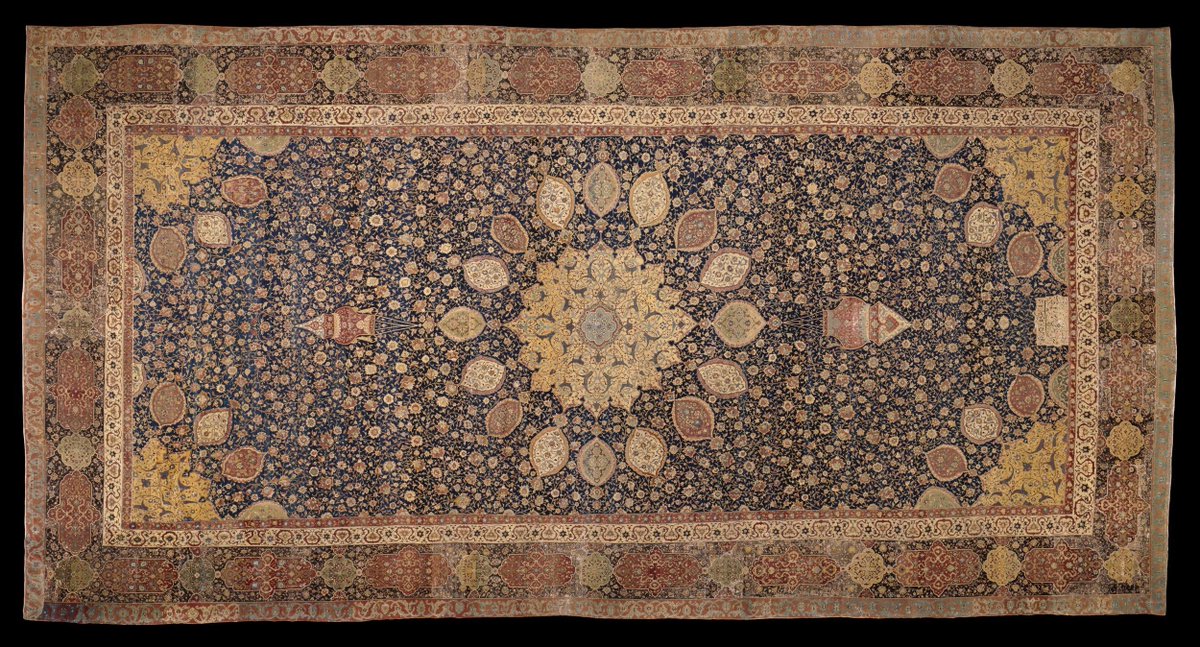

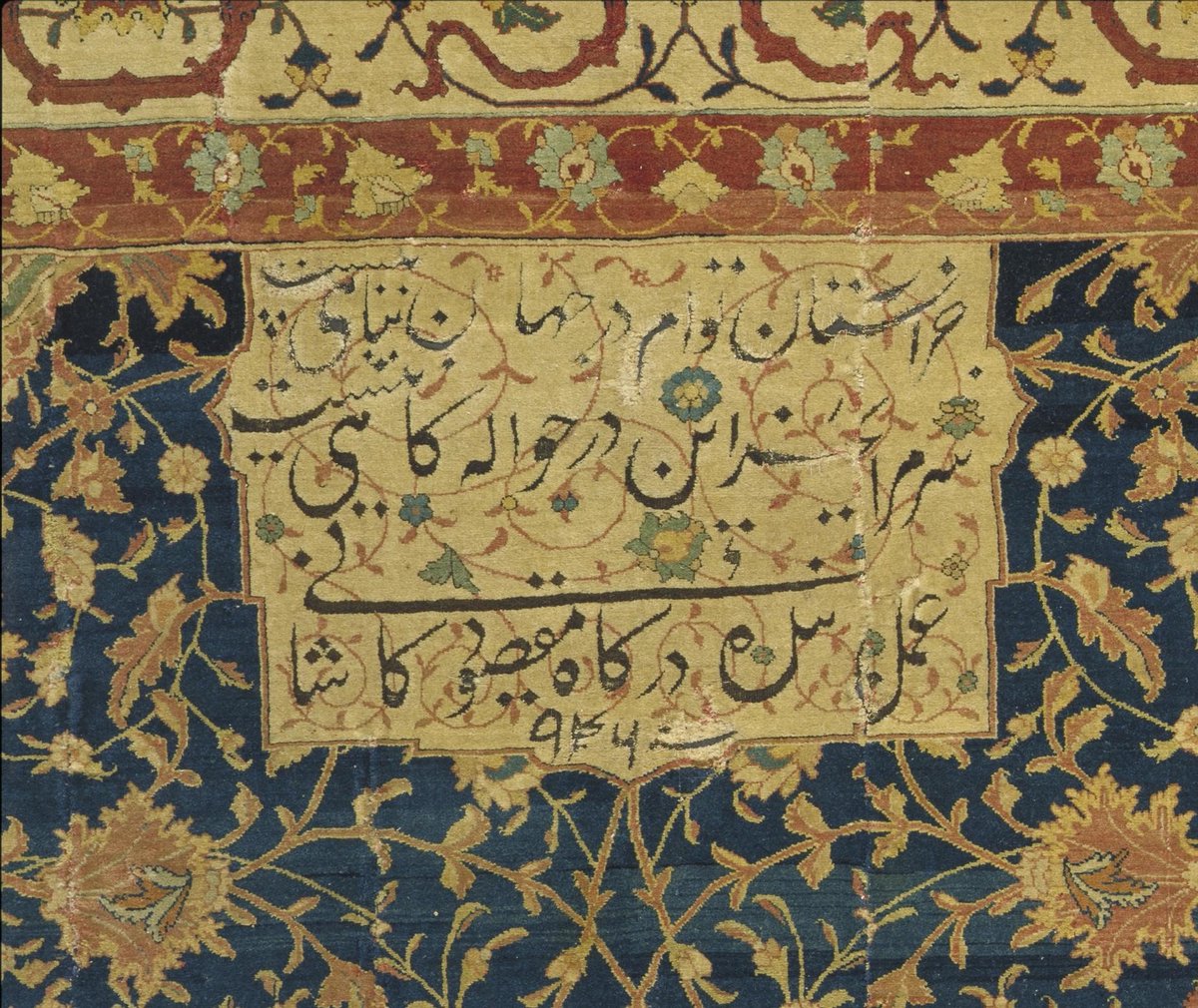 The first two lines are a couplet by Hafez:
The first two lines are a couplet by Hafez: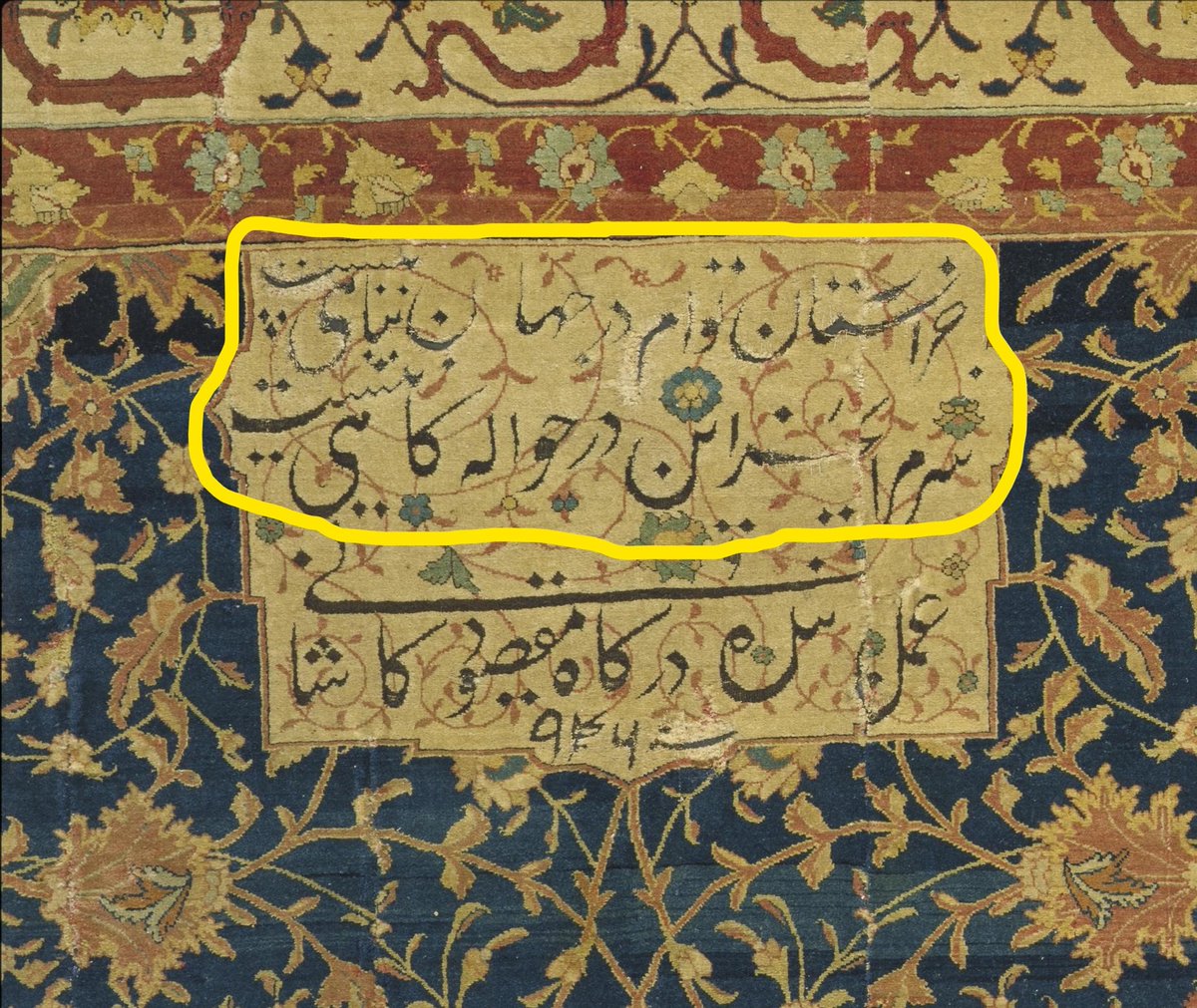
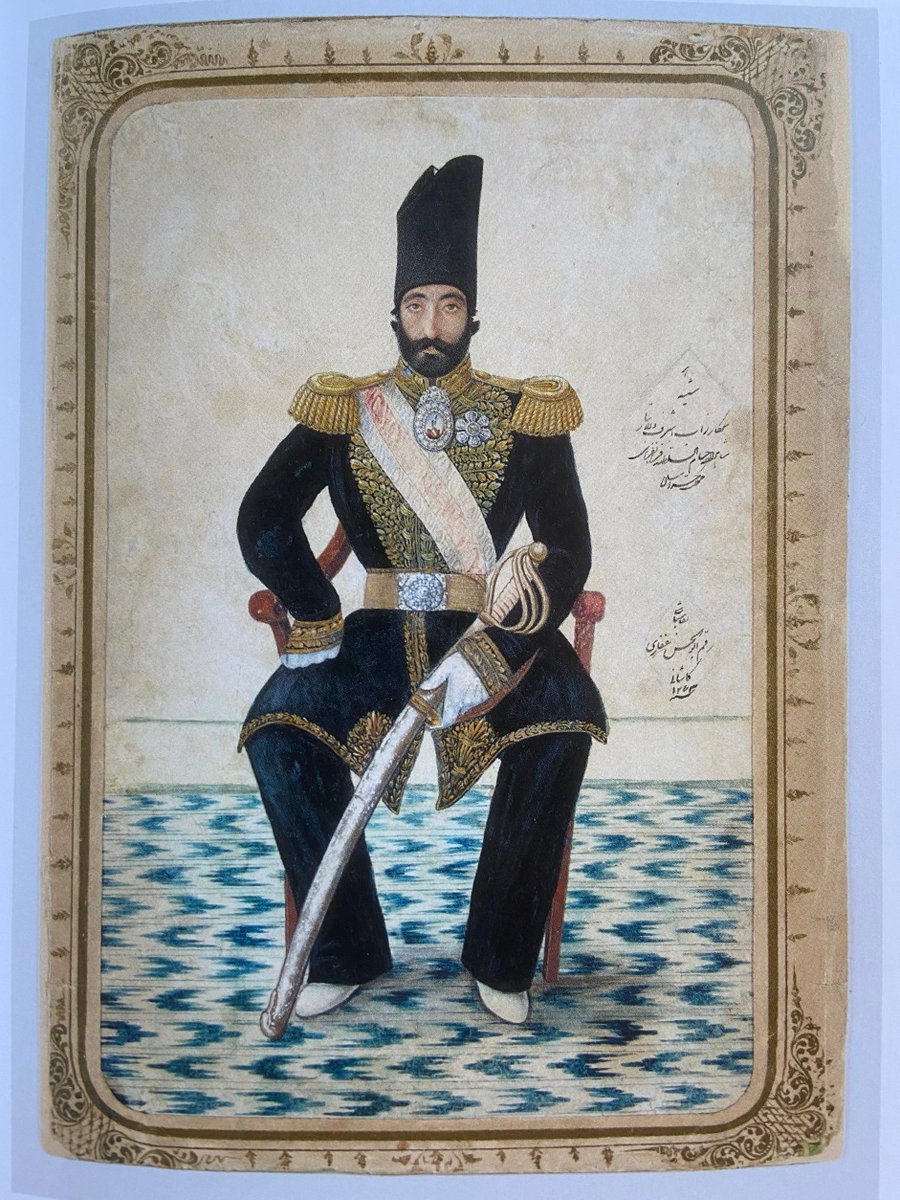
 The artist is Abu'l-Hasan Ghaffari (1814-66), 'naqqashbashi' (head-painter) at Nasir al-Din Shah's court. He painted some of the most iconic works of the era. You might be thinking it all looks a bit staged - this is because he often painted from photos, rather than from life.
The artist is Abu'l-Hasan Ghaffari (1814-66), 'naqqashbashi' (head-painter) at Nasir al-Din Shah's court. He painted some of the most iconic works of the era. You might be thinking it all looks a bit staged - this is because he often painted from photos, rather than from life. 
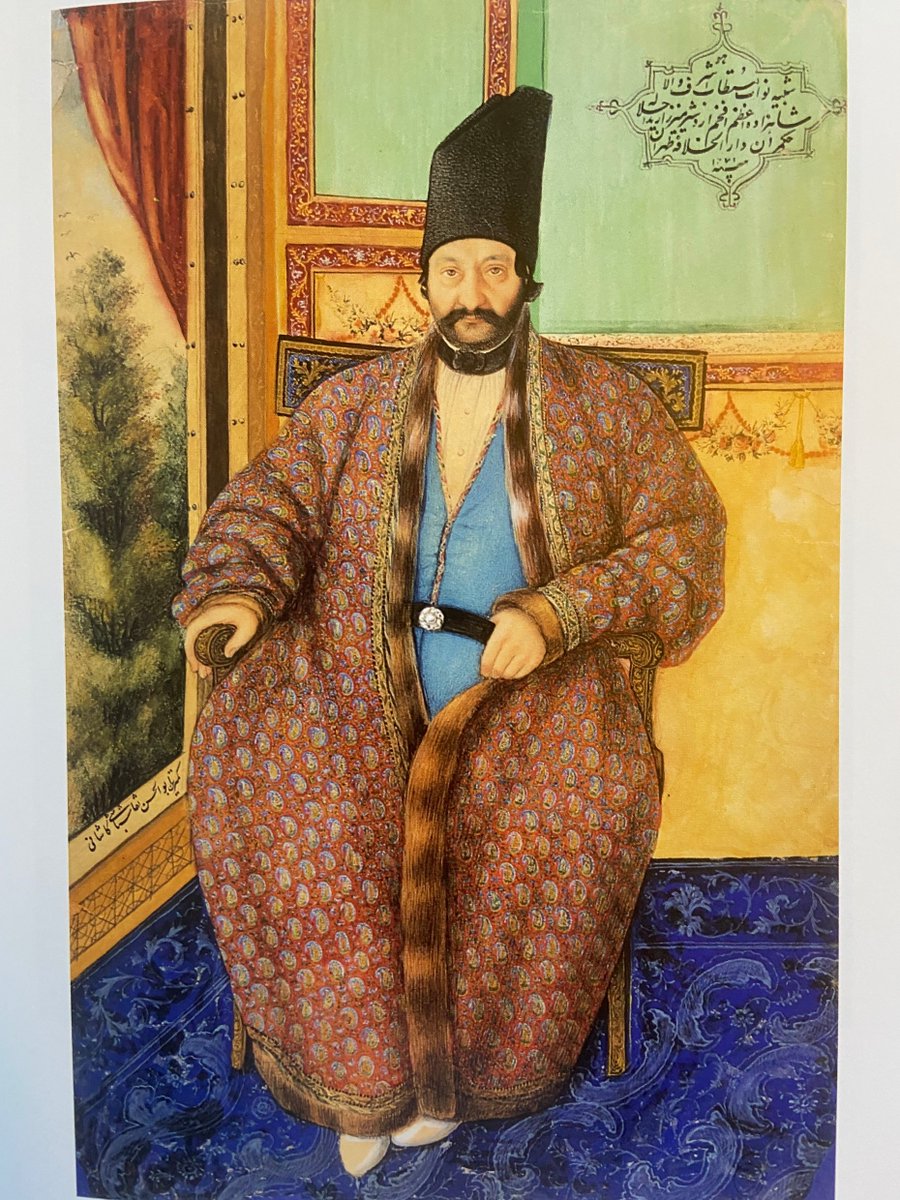
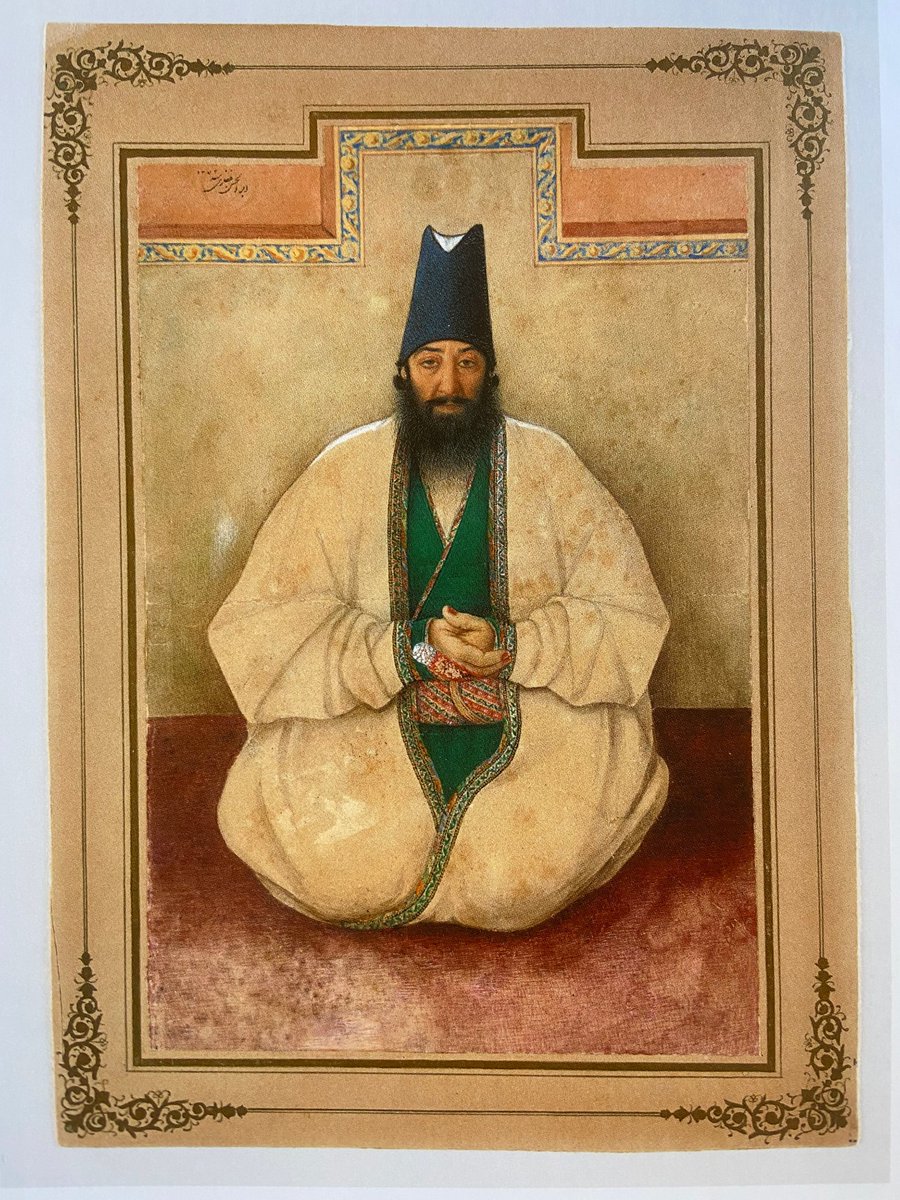
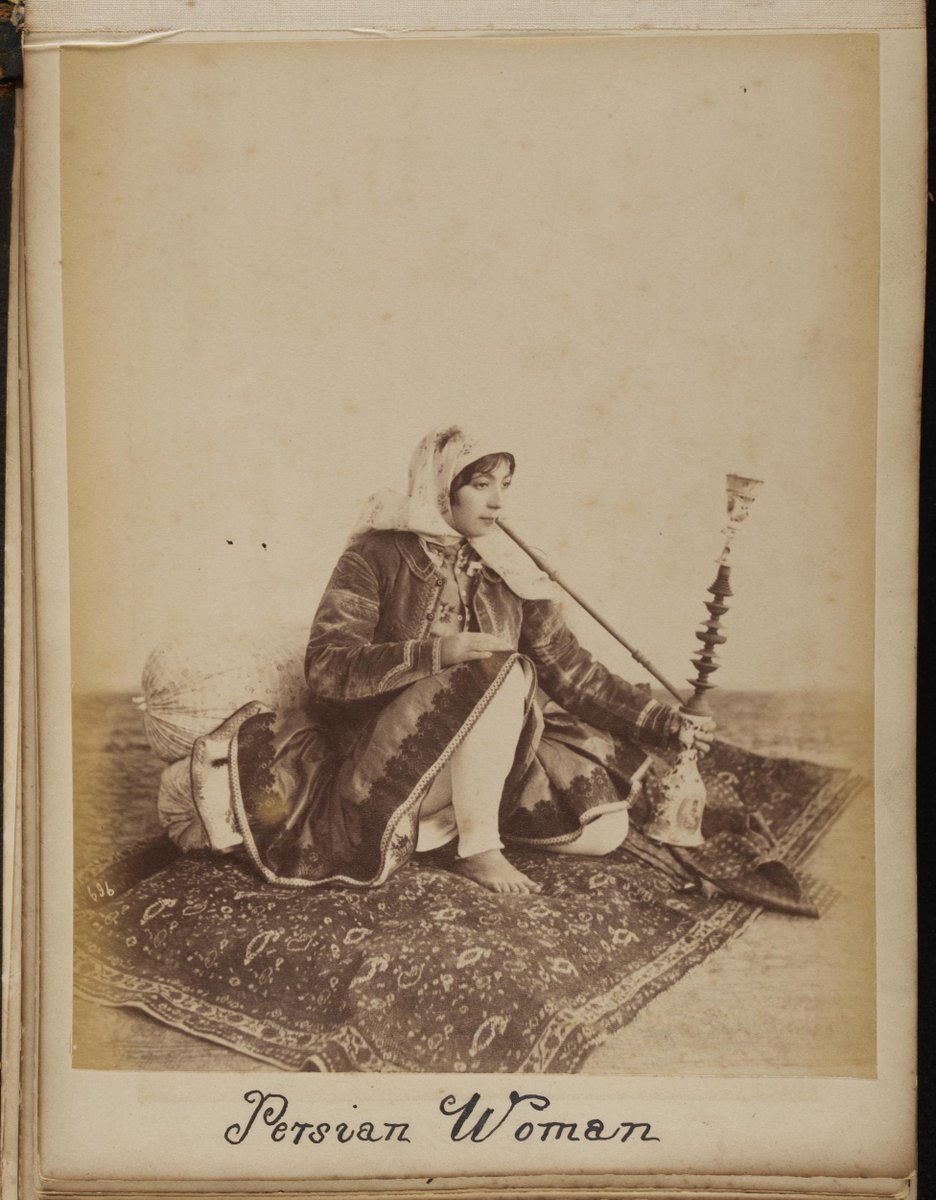
 The shisha pipe was pretty much a permanent fixture of life in early Qajar Iran. It was smoked everywhere and at anytime - from when in the mosque, to while on horseback. Fath-ʿAli Shah is often depicted with his pipe at his side.
The shisha pipe was pretty much a permanent fixture of life in early Qajar Iran. It was smoked everywhere and at anytime - from when in the mosque, to while on horseback. Fath-ʿAli Shah is often depicted with his pipe at his side. 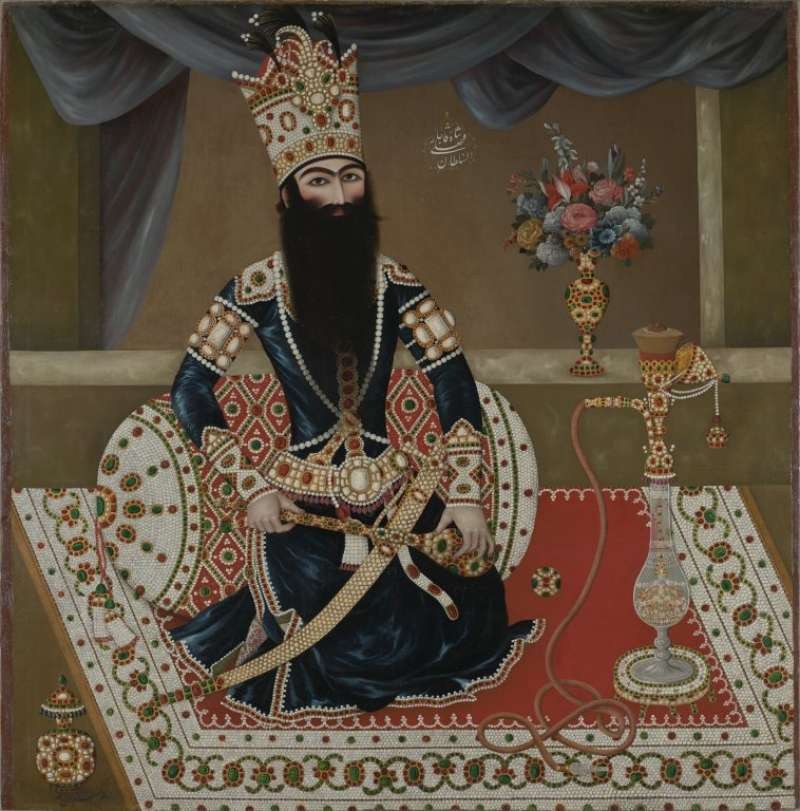
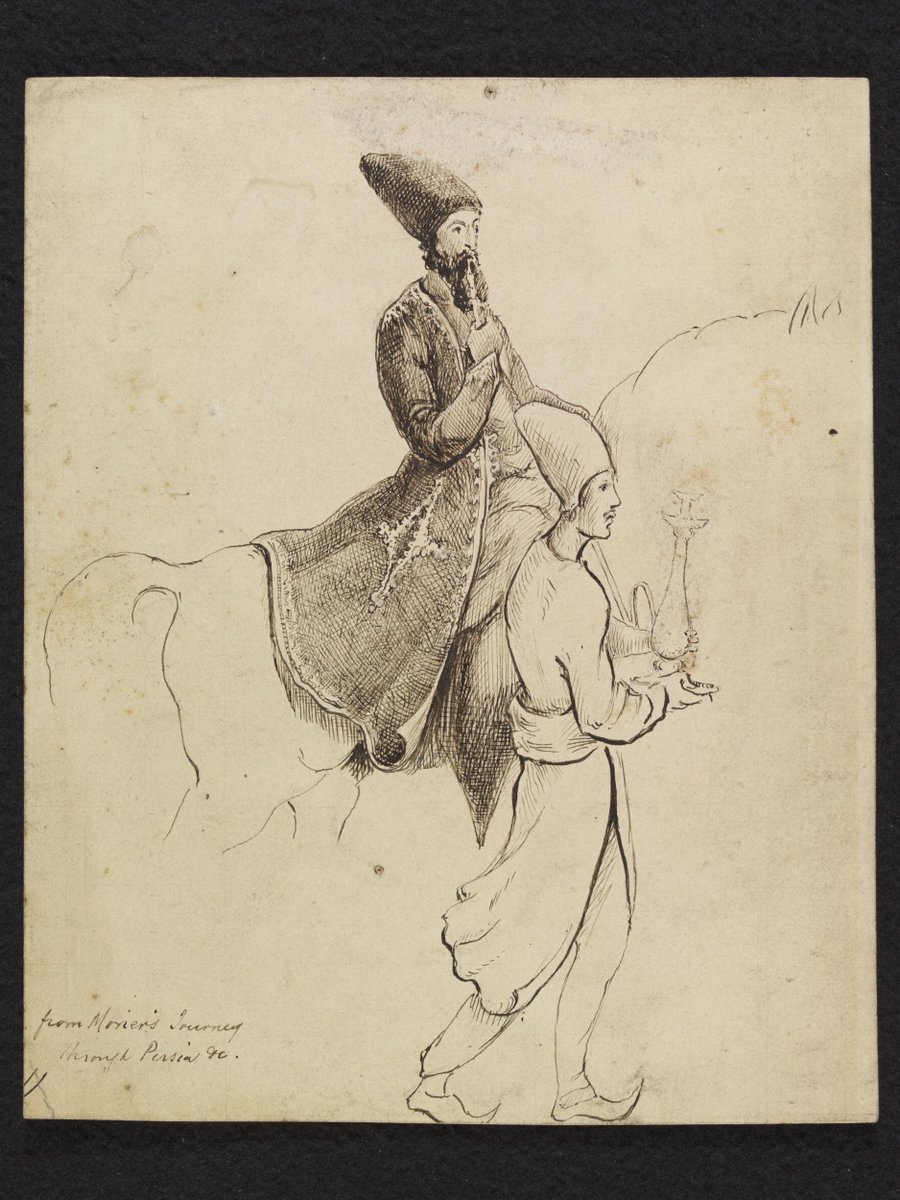
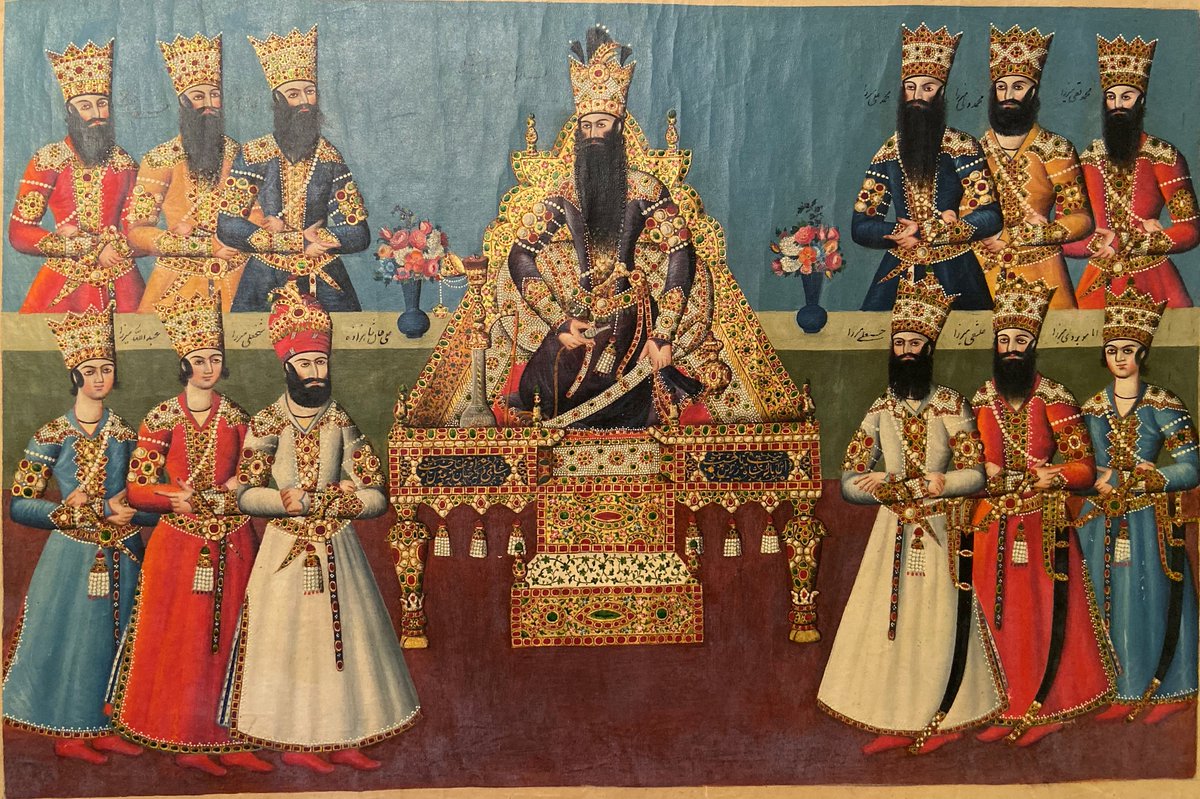
 As you can imagine, there was lots of ceremony, and it would be a v v long thread if I mentioned it all, so this will just be some highlights. But, first, a quick note on the timing of the festival, which Fowler clearly appreciates:
As you can imagine, there was lots of ceremony, and it would be a v v long thread if I mentioned it all, so this will just be some highlights. But, first, a quick note on the timing of the festival, which Fowler clearly appreciates: 
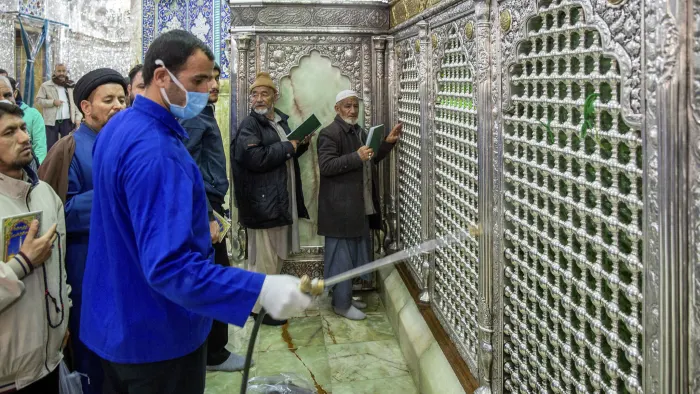
 Pilgrimage & contagious diseases have history, and many of the 19th century sources I use in my research on these shrines mention disease, so here is a (brief) long view on pilgrimage in the time of #Corvid19
Pilgrimage & contagious diseases have history, and many of the 19th century sources I use in my research on these shrines mention disease, so here is a (brief) long view on pilgrimage in the time of #Corvid19 